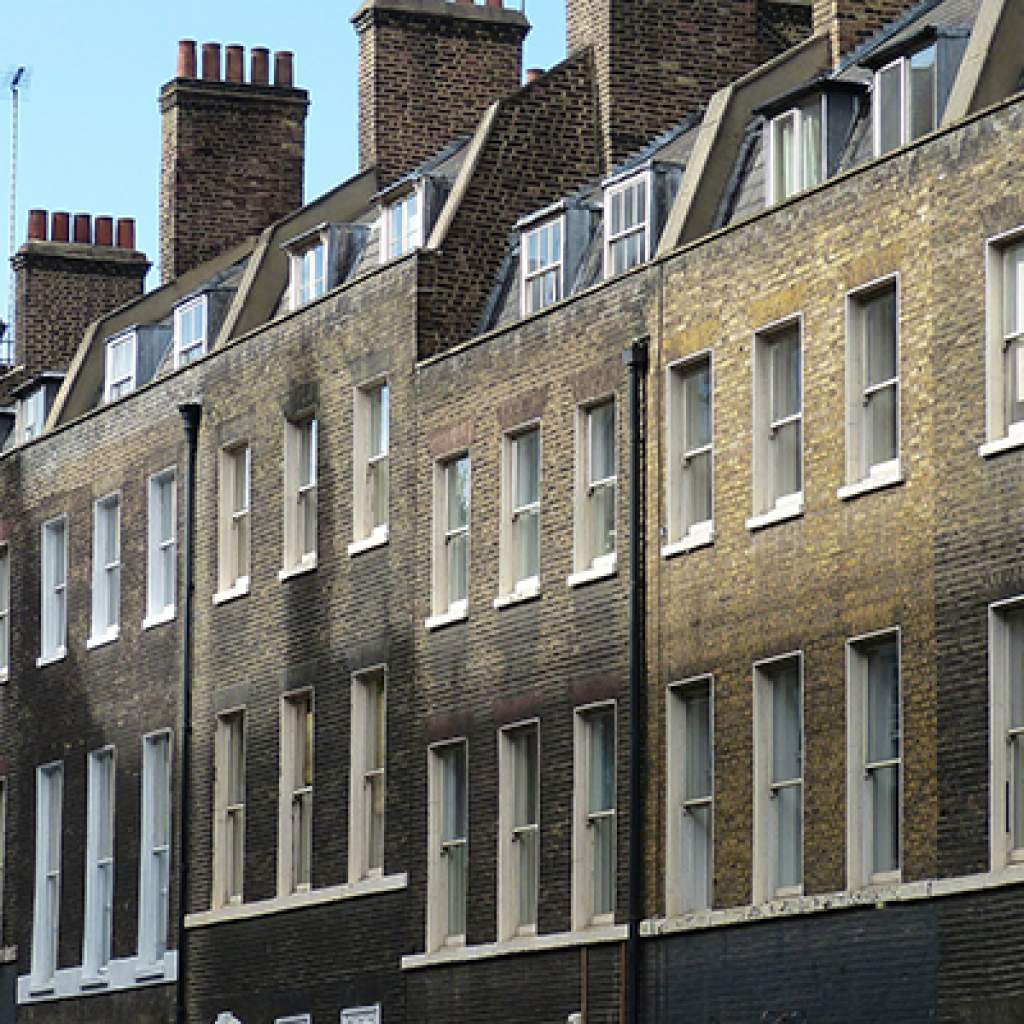Property owners in the UK could face a clean up bill of more than £15,000 per affected property. The research, which was carried out by property search company, SearchFlow, reports that as many as 3 per cent of all homes are affected by contaminated land with the likelihood that around 768,000 properties could be affected.
The average costs of cleaning up contaminated land are £250,000 per acre, which would indicate that the cost for the average plot in the UK would be around £15,000.
Whilst the Environmental Protection Act indicates that it is the responsibility of the person who caused the contamination to clean it up it is not always possible to identify who that person is. In that case the responsibility will then fall to the current owner/occupier of the land. If the government, when adopting their ‘suitable for use’ policy, deems that the risks posed by contamination are ‘unacceptable’ the local authority may require the property owner to clean up the land.
Director of SearchFlow, David Kempster commented:
“For those affected, land contamination is a financial hand grenade, which is often not picked up by conveyancers. Many homebuyers — especially those making their first purchases — have limited equity in their properties and so cannot borrow to cover the cost of clean up work. Being hit with £15,000 of additional costs for a new house could be financially catastrophic and for those with plots larger than the UK average of 243 square metres, the expense could become even more unmanageable.
As green belt land has been fiercely protected by local authorities in the last 50 years, a large proportion of UK homes have been built on brownfield sites, which often contain multiple types of contaminant. This means the number of residential occupiers potentially at risk of major liabilities for land contamination is growing rapidly.
According to the Environmental Protection Act, homeowners living on contaminated land could be required to pay for decontamination if the person who caused the contamination cannot be identified. In many cases, the contamination dates back many years and identifying past owners and proving that they caused the contamination could be very difficult indeed. In these situations, buyers of large plots could find themselves facing huge costs.”
To cover themselves home owners might consider an insurance policy that would cover them if contamination is found on the land and whilst they will pay out in this event they will not protect against the potential health consequences.
David Kempster continues:
“Homeowners should bear in mind why cleaning up contamination is necessary. Contaminants in land can potentially have a harmful effect on the health of the people living on it, as well as expensive costs of decontamination. If contaminants leech out into neighbouring land, owners could find they are liable for the cost of cleaning up that contamination too. As far as buyers are concerned, it’s far better to avoid the problem of land contamination altogether than to face its discovery down the line. Making sure your conveyancer looks carefully into the possibility of contamination will pay large dividends in the long run. ”
Unfortunately, where the potential for contaminated land is highest, less than a third of buyers instruct their solicitor to carry out these searches and this could have financial as well as health consequences.
Do you ‘advise’ your clients to carry out an Environmental Search or are they a mandatory part of your search bundles?
Today’s Conveyancer, bringing you the latest conveyancing news and updates.




















